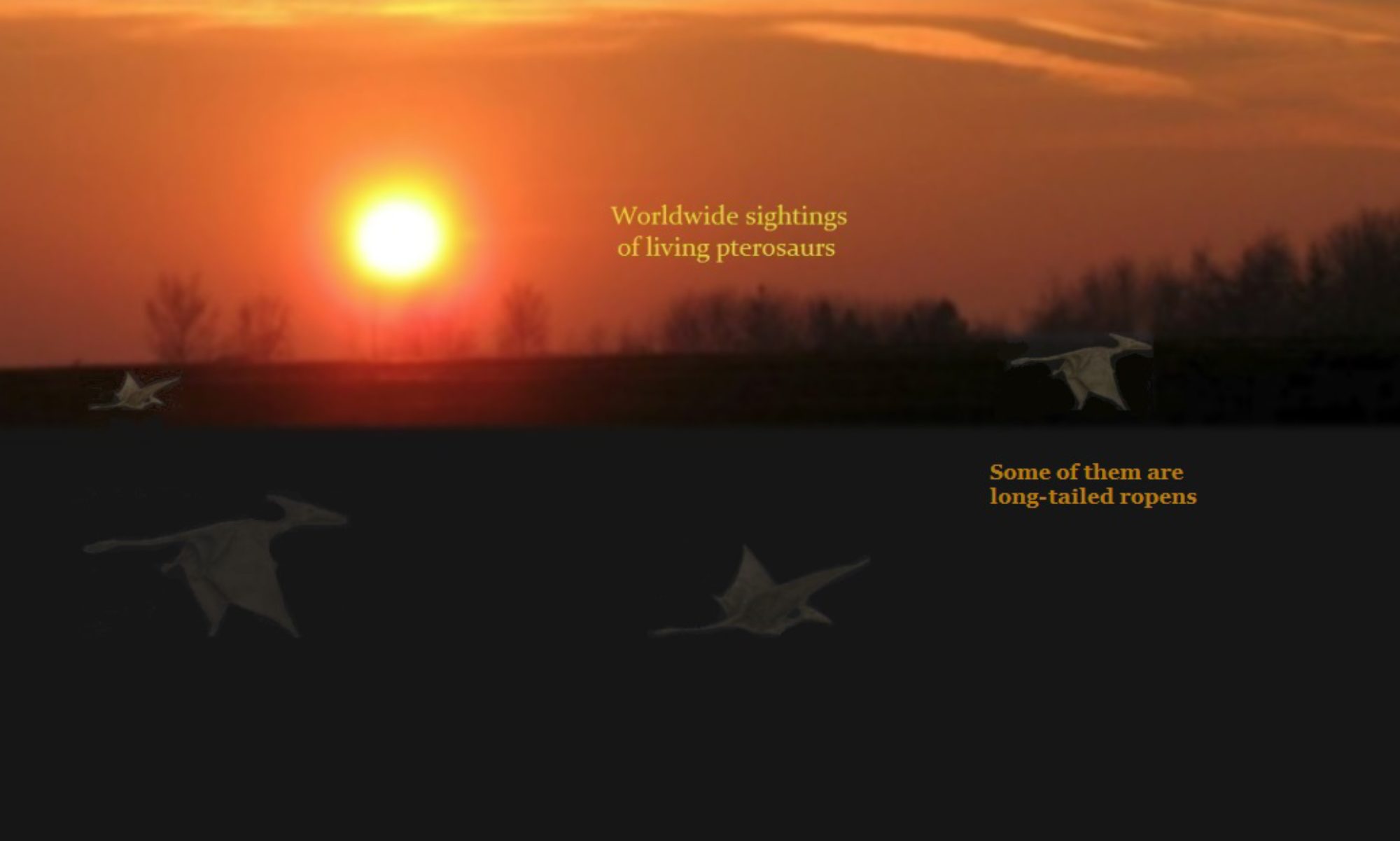Warning: Don’t read the end of this posting if you are about to read The Alchemist, for it gives away the ending of that story.
I’m usually wary of signs or omens, at least when the person interpreting them may be subject to personal subjective influences. But sometimes coincidences can at least be interesting. Such is the case with the following two facts regarding an allegorical novel by the Brazilizan author Paulo Coelho: The Alchemist.
Jonathan Whitcomb, author of Live Pterosaurs in America, is a volunteer editor for Wikipedia, one of many thousands of writers who try to keep that online giant well oiled and up to date. He recently noticed that the page on The Alchemist gave that book credit for sixty-five million copies sold worldwide. He researched it and found the actual number was twenty-three million, so he corrected the Wikipedia mistake.
Well, by coincidence (or by an omen, if you like the story of The Alchemist) sixty-five million is highly relevant to those who pursue modern pterosaurs, or to those who write about eyewitness encounters with the “flying dinosaurs” or “pterodactyls.” Sixty-five million is the number of years that many biologists mention regarding the most recent time when the last pterosaurs lived on earth.
The second fact is in regards to the story itself, in The Alchemist. The traveling boy goes all the way from southern Spain to the Pyramids of Egypt, taking a long time to do so. When he gets there, he does not find the treasure he sought but is given a clue to return to his own country. There, in his own land, he finds a treasure.
Regarding the explorers who sought living pterosaurs in Papua New Guinea, years ago, they failed to get any clear view of a living pterosaur there but returned home to the United States to discover many eyewitnesses of modern pterosaurs in their own country. Some of the American explorers have even seen modern pterosaurs in the USA. Just like the shepherd boy in The Alchemist, those Americans returned home to find a treasure “buried,” so to speak, where they never imagined it.
Apparently not all mistakes on Wikipedia are minor. The allegorical novel The Alchemist, by the Brazilian author Paulo Coelho, has sold twenty-three million copies worldwide, not sixty-five million, as was recently proclaimed on Wikipedia. It exaggerated by forty-two million.
I have heard that Wikipedia is sometimes off with numbers but this is an extreme example of how far off it can be.


